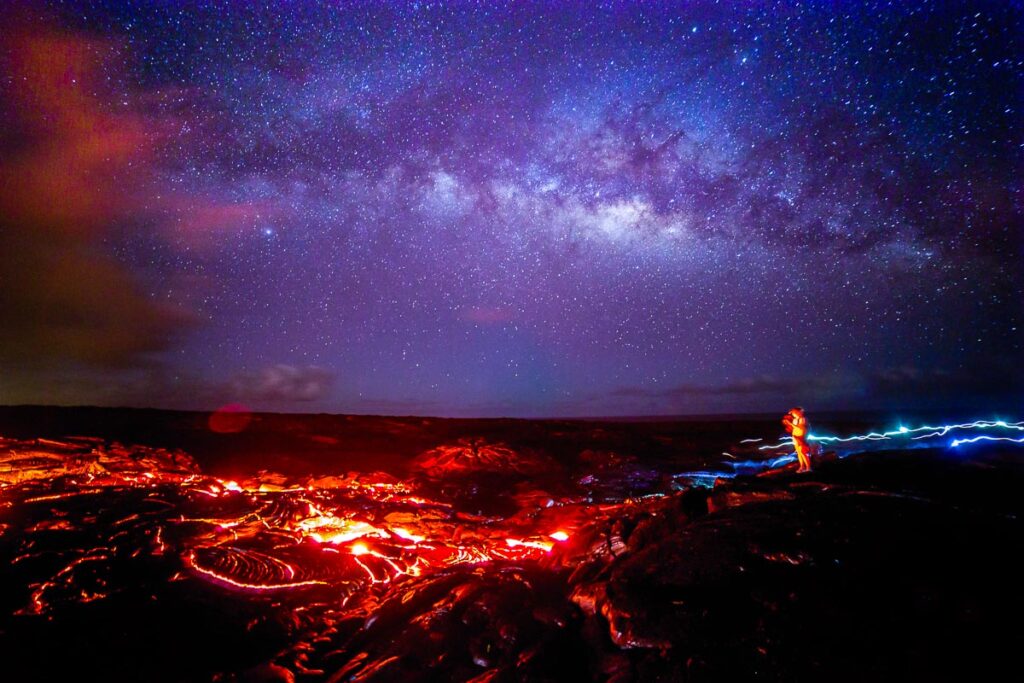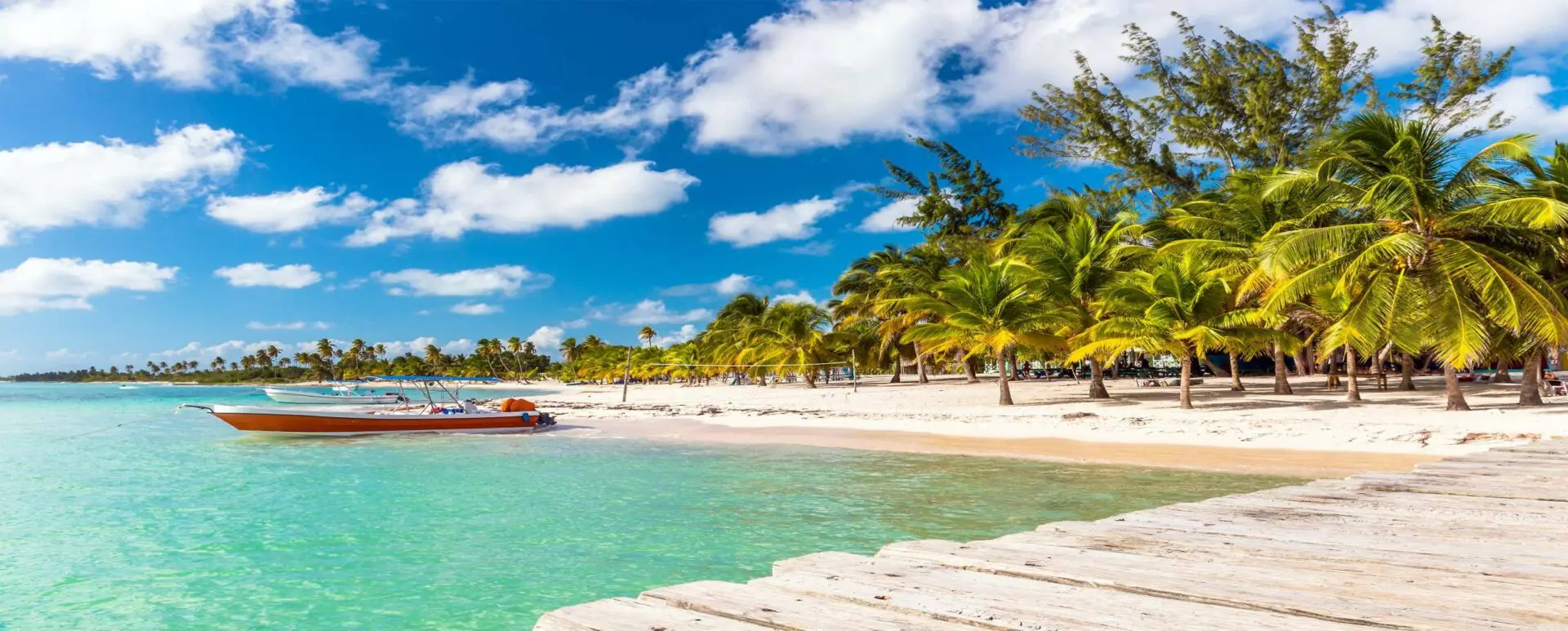America has no shortage of thrilling places to visit. But some famous spots come with real risks if you’re not careful. From deadly cliffs to unpredictable waters, these attractions can turn dangerous for those who ignore warnings. If you love adventure, keep these ten dangerous tourist attractions in America in mind—and don’t underestimate them.
Half Dome, Yosemite National Park
Half Dome is an iconic granite peak in California’s Yosemite National Park. Hikers tackle an intense 14- to 16-mile round trip that ends with a cable route up the sheer granite face. The cables get slippery, especially when wet, and falls here have proven fatal. Bad weather rolls in fast. Many hikers underestimate the physical challenge and the danger of sudden thunderstorms.
The Wave, Arizona
The Wave is a stunning sandstone rock formation in Arizona’s Vermilion Cliffs. The swirling red rock makes it one of the most photographed spots in the Southwest. But its beauty hides serious risks. To get there, you hike off-trail through desert with no signs. In summer, temperatures top 100°F, and unprepared visitors suffer dehydration and heat stroke. Rescue here is difficult and there’s no cell service.
Mount Washington, New Hampshire
Mount Washington in the White Mountains looks harmless but is home to some of the worst weather on earth. Wind speeds have hit over 230 mph. Temperatures drop fast, turning a pleasant hike into a whiteout. Hypothermia is a real threat. Each year, unprepared hikers get caught by storms or lose their way. Mount Washington demands respect, even in summer.
New Smyrna Beach, Florida
New Smyrna Beach is a popular Florida surf spot with a dark side. It’s called the shark bite capital of the world for a reason. Warm waters attract lots of sharks and surfers often paddle near bait fish. Most bites are minor but still enough to send you to the hospital. Rip currents here are strong too, pulling swimmers far offshore.
Denali, Alaska
North America’s highest peak is one of the world’s most dangerous climbs. Denali rises over 20,000 feet and its weather is harsh and unpredictable. Climbers face extreme cold, avalanches, and altitude sickness. Rescues are complicated and every year climbers get stranded. Only experienced mountaineers should attempt Denali.
Angels Landing, Zion National Park
Angels Landing in Utah’s Zion National Park is famous for breathtaking canyon views. The final stretch is a narrow ridge with sheer drop-offs on both sides. Chains help hikers grip the rock but one misstep can be fatal. Rain or ice makes the trail even more deadly. Every year, people fall to their deaths here. Despite the risk, crowds line up daily.
Alcatraz Island, California
Alcatraz Island in San Francisco Bay is a must-see historic site. But swimming the icy waters around it is another story. The currents are strong and the water stays near 50°F year-round. During its prison days, Alcatraz’s isolation and the freezing bay were the main reasons escape was nearly impossible. Some tourists try the swim anyway—and risk hypothermia and drowning.
Grand Canyon Rim, Arizona
The Grand Canyon draws millions of visitors every year. But the rim’s beauty hides steep, unprotected edges that catch distracted sightseers by surprise. People slip while taking selfies or leaning for a better view. There are warning signs but accidents still happen. Sudden weather changes and dehydration on inner canyon hikes add more danger.
Yellowstone’s Geothermal Areas, Wyoming
Yellowstone’s geysers and hot springs are a top draw. But the thin crust hides boiling water and acidic pools. Some tourists ignore boardwalks and safety barriers, stepping onto fragile ground. Falling in can cause fatal burns. Wild animals like bison and bears also pose a threat if visitors get too close for a photo.
Hawaii’s Hanauma Bay, Oahu
Hanauma Bay is a gorgeous spot for snorkeling in Oahu. But the strong currents, sharp coral, and sudden waves have caused drownings. Many tourists underestimate how quickly they can get into trouble here. Snorkelers need to watch ocean conditions and stay close to shore. Even experienced swimmers can get swept away.
Stay Safe While Seeking Thrills
It’s easy to get caught up in the excitement of visiting these famous spots. But the risks are real. Here are quick tips to stay safe:
- Always check weather forecasts before heading out.
- Stay on marked trails and respect warning signs.
- Bring enough water, proper shoes, and gear.
- Don’t push your limits—know when to turn back.
- If in doubt, go with a guide.
America’s wild places are stunning but demand respect. Be smart, plan well, and your adventure will stay memorable for the right reasons.







